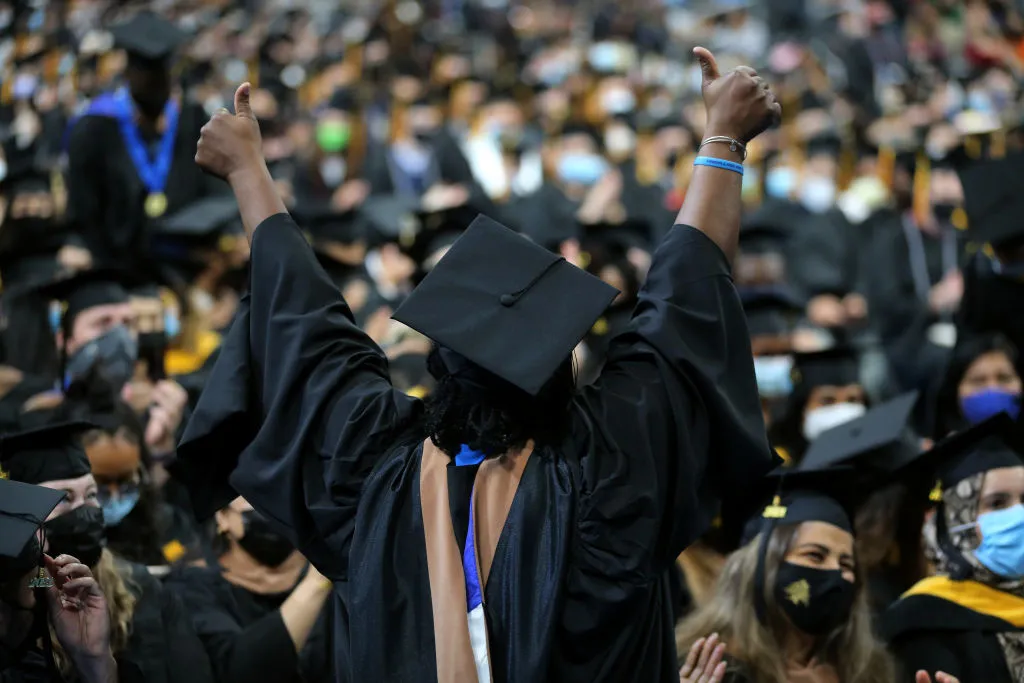Introduction
The student debt in the United States of America has become alarming, and millions of borrowers are sinking into the deep sea of student loan burden. Consequently, there is increasing awareness of the need for intervention by governments to offer some reprieve and to effect change on the problem. This blog will discuss what the government can do to help deal with student loans, discuss possible policy changes and their effects on borrowers, the economy, and society in general.
Understanding the Student Debt Crisis
Before delving into the government’s role, it’s essential to understand the scope and impact of the student debt crisis.
The magnitude of Debt:
A student takes a loan for his education, and the total student loan debt in the United States is more than $1.7 trillion, which is more than any other type of consumer debt, excluding mortgages.
Impact on Borrowers:
Borrowers are now struggling to repay their loans as the monthly installments are high, loan durations are long, and they have nowhere to save or invest.
Economic Implications:
Student debt is detrimental to the economy; it shrinks the market, slows down the rate of homeownership, and stifles new ventures and creativity.
Government Intervention: Policy Solutions
It is therefore necessary to find the ways for student debt’s solving, which include both immediate and temporary actions and further changes in the system.
Debt Cancellation
Immediate Relief:
It is important to note that debt cancellation on a large scale, whether it is a partial one or a full one, would bring relief to millions of borrowers, leading to an increase in economic activity and financial stability.
Equity Considerations:
There is an opportunity to develop special debt relief schemes that can help borrowers from underrepresented groups who struggle with student loans.
Interest Rate Reduction
Lower Interest Rates:
Applying steps to lower interest rates on federal student loans can also decrease the monthly payments and the total amount due for borrowers, which in turn makes repayment easier.
Refinancing Options:
Offer chances for debtors to consolidate their present loans with a new loan having a lower interest rate which would benefit the borrowers financially and help in quicker repayment of loans.
Increase in Programmes Which Offer Loan Cancellation
Public Service Loan Forgiveness (PSLF):
Extend and make the PSLF program more achievable for more borrowers by modifying and standardizing the requirements that are necessary for a borrower to be forgiven for his/her student loans once they reach the necessary qualifying payments for the public service loan forgiveness.
Income-Driven Repayment (IDR) Plans:
Improve IDR strategies by shortening the repayment terms and increasing the proportion of discretionary income that should be utilized to meet loan repayments.
The following are the improvements made to Loan Servicing and Oversight:
Borrower Protections:
Increase the requirements for loan servicers and supervise their activities to prevent the predation of borrowers and the violation of consumer rights.
Transparency and Accountability:
Enhance the current consumer protection measures by presenting to the borrower clear information about rights, choices, and responsibilities in the student loan industry.
Investment in Higher Education
Affordability Measures:
Furthermore, one should allocate more money to need-based financial aid scholarships and another to try to make college education more accessible to everybody.
Support for Minority-Serving Institutions:
Increase federal funding for HBCUs and other MSIs and expand access for students of color and from low-income backgrounds to reduce educational inequality.
Broader Implications and Considerations
Borrowers, the economy and the society at large are affected by the government’s response to the student debt crisis.
Economic Stimulus:
Debt cancellation and other relief measures can stimulate economic growth by increasing consumer spending, boosting homeownership rates, and fostering entrepreneurship and innovation.
Social Equity:
Addressing the student debt crisis is a matter of social justice, as debt disproportionately affects marginalized communities and exacerbates existing inequalities.
Long-Term Economic Outlook:
Failure to address the student debt crisis could have dire consequences for future economic prosperity, as high levels of debt hamper workforce mobility, hinder wealth accumulation, and limit economic mobility.
Bottom Line
The government plays a crucial role in addressing the student debt crisis and implementing policies that provide relief and promote long-term systemic reforms. By prioritizing debt cancellation, interest rate reduction, loan forgiveness, and investments in higher education, policymakers can help alleviate the financial burden on borrowers and create a more equitable and prosperous future for all. At Cancel Student Debt, we advocate for bold and comprehensive solutions to address the student debt crisis and support borrowers on their path to financial stability and success.
